A meal whipped up in a Korean kitchen typically consists of a bowl of soup, a bowl of rice, and several side dishes treated as accompaniments with the rice. Fresh and pickled vegetables (I’m looking at you, tasty kimchi!), meat, and poultry are widely used and appreciated in Korean food and culture, with a strong emphasis on spice and flavour.
Often finding its way into popular Korean side dishes, the main star of this recipe is tofu. Koreans call it Dubu Kecheob Jorim, or Dubu-Jorim, translates into English as “braised tofu in ketchup.”
Golden-fried tofu is smothered in a spicy, savoury sauce with a sweet kick and topped with toasted sesame seeds and green onion in this Korean tofu dish.
Tofu has picked up a bad rap as tasting bland, caused by confusion among those new to vegan protein about cooking it properly. Press your firm or extra-firm tofu before cooking so that it fries up crispy and adequately absorbs the flavours in your sauce or marinade.
We chose to cut the tofu into small, bite-sized cubes before frying, but you can also turn it into large slabs before frying.
Nutrition info (per serving)
Calories: 134 cal; Carbohydrates: 7g; Fat: 11;g Sodium: 242mg; Sugar: 5g;
Korean tofu FAQ
Do I need to use firm tofu?
Use firm or extra-firm tofu for this recipe. When it comes to frying, you cannot use silken or soft tofu. Soft tofu has a very high water content, which won’t allow it to fry well or hold any shape. You’ll end up with a sloppy mess in your pan.
How do I press tofu?
The easiest method for pressing tofu is using a tofu press. Presses are relatively inexpensive, drain the most liquid, and only take about 15 minutes.
If you don’t have a tofu press, you can use two flat cutting boards or heavy plates instead. Wrap the tofu in a clean, dry towel and place it between the boards or plates. If they’re not that heavy, place a heavier object on top to apply some pressure to the tofu. Leave it all in the fridge to press for 2-3 hours or overnight.
Does the tofu need to be pressed before cooking?
Extra-firm and firm tofu need pressing before you use them for cooking, especially if you plan to marinate it or cook with savoury sauces.
Pressing tofu removes the extra moisture, eliminating sogginess and giving it a crispy texture when baking or frying.
It also allows the tofu to soak up a marinade or the sauces it’s fried in, making a more flavourful dish.
How can I store the Korean spicy tofu leftovers?
Your tofu will naturally release more liquid as it sits. To keep the Korean tofu from getting too soggy, eat it as quickly as you can to ensure it retains its quality.
This dish can be kept in the fridge for 1-2 days before the food quality starts to diminish.
Can I bake the tofu instead of pan-frying?
You can choose to bake your tofu instead. Baking results in a different texture for tofu, so it may be less crispy than the pan-fried version, but delicious in its own way.
Cut your tofu, arrange on a baking sheet, and bake at 400°F for 15 minutes. The baking process will cook off most of the sauce, so don’t toss the tofu in the spicy ketchup until after baking for the best results.
Can I use soft tofu for this spicy tofu recipe?
Most tofu recipes use firm and extra-firm tofu. Korean chefs use firmer tofus for frying as they hold up to the heat and absorb the sauces well.
What is Korean ketchup?
In a Korean kitchen, ketchup is a little different than our American equivalent. Create Korean ketchup by taking regular tomato ketchup and mixing in spicy gochujang.
Gochujang is a fermented chili paste, which imparts spice with brown sugar for more depth of flavour.
Where can I find gochujang?
You can usually find gochujang in most Asian markets or the International aisle of a traditional American grocery store.
What are some other Korean recipes with tofu?
Korean tofu recipes are plentiful, so if you don’t like the ingredients in this one, it’s easy to find some different flavours to enjoy. There are so many flavour profiles in my favourite Korean recipes. Tofu can be made into a stew with kimchi or seafood, garlic-fried tofu, bibimbap, or BBQ tofu bowls.
I can’t find gochujang at the grocery store. Can I substitute something else in this spiced tofu recipe?
If you can’t find gochujang, you can create a substitute in a pinch. Mix cayenne, Sriracha, or another chili pepper-based hot sauce into some tomato paste, and use as you would gochujang.
What can I serve with this spicy gochujang tofu?
We chose to serve this dish with steamed jasmine rice, but there are plenty of other options. Try brown rice for a high-fiber side dish. Rice noodles would be delicious too. For a gluten-free option, serve over steamed or roasted vegetables.
Final word
International food doesn’t have to be intimidating - this Korean dish is easy to cook with just a few ingredients. We hope you enjoy experimenting and learning about new flavour elements, like gochujang, to make some delicious vegetarian food.
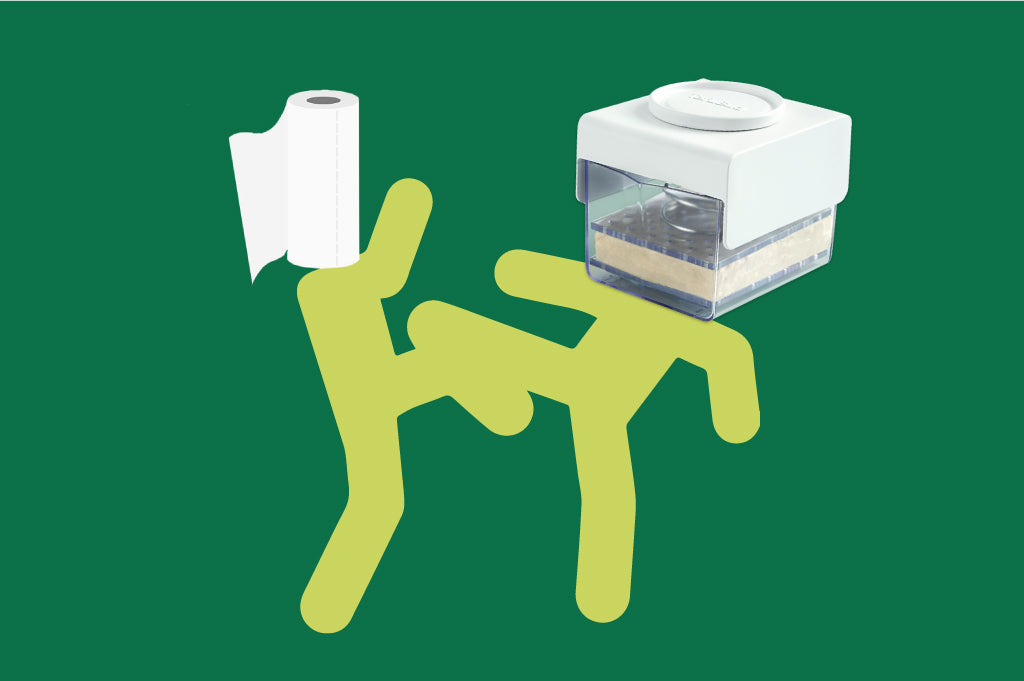




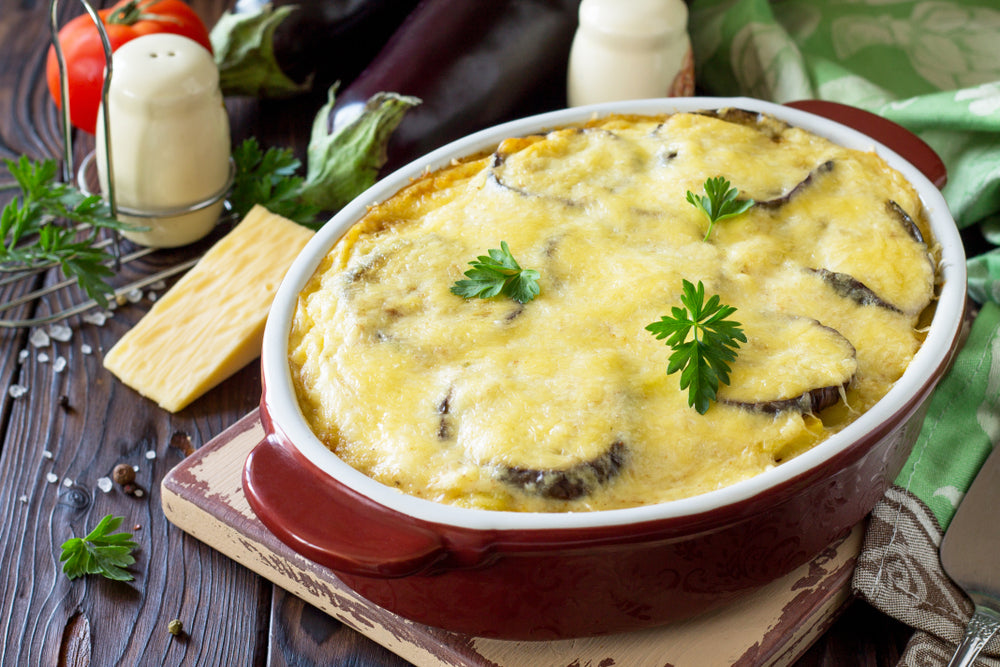
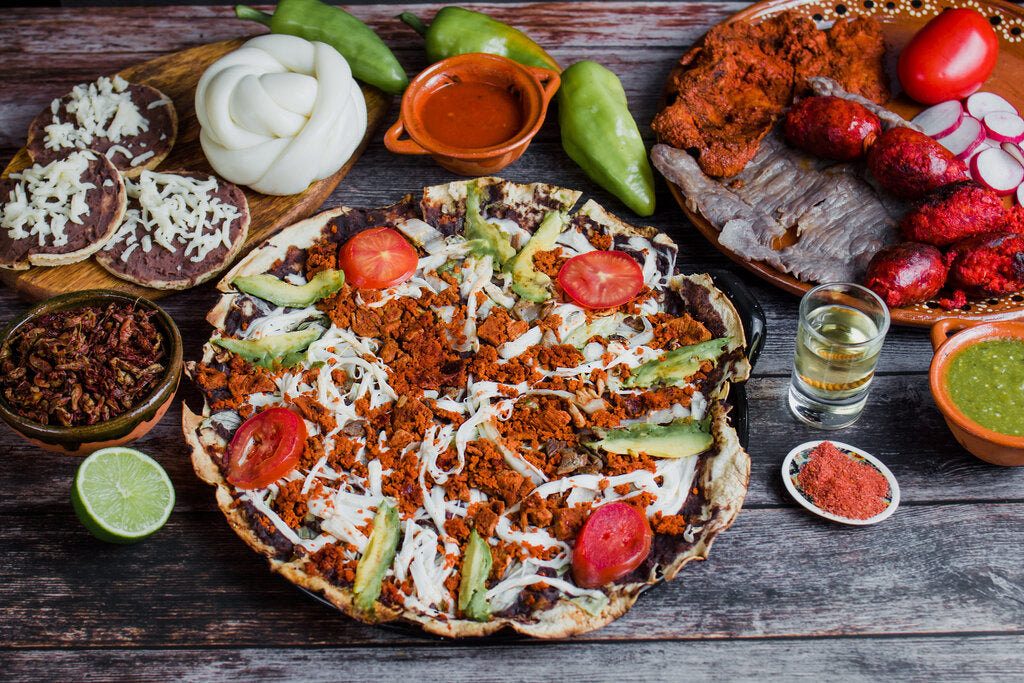
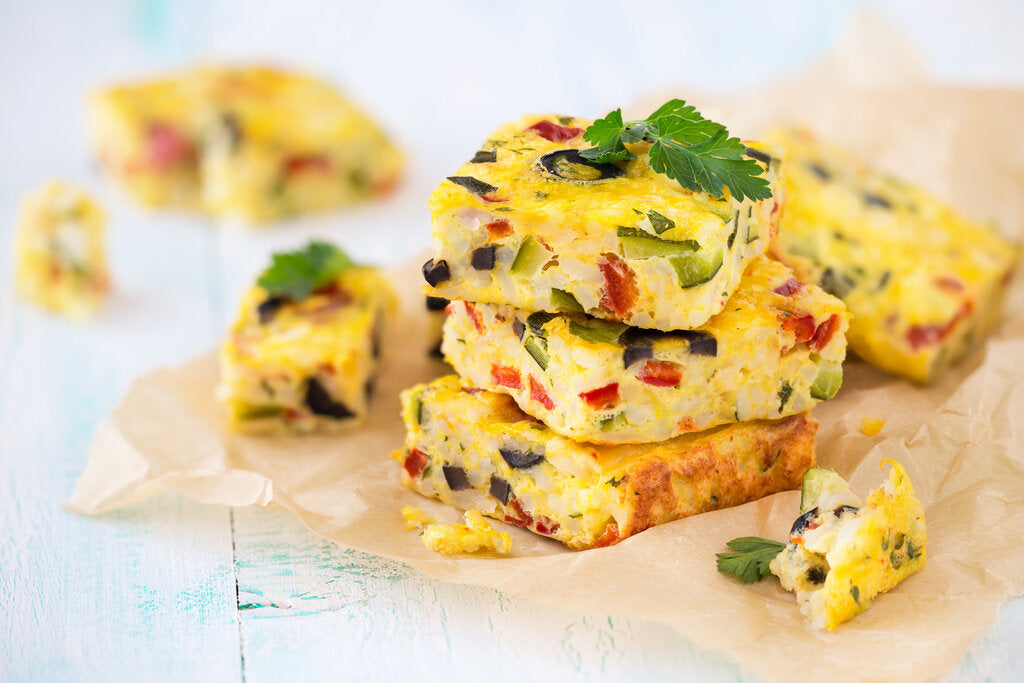
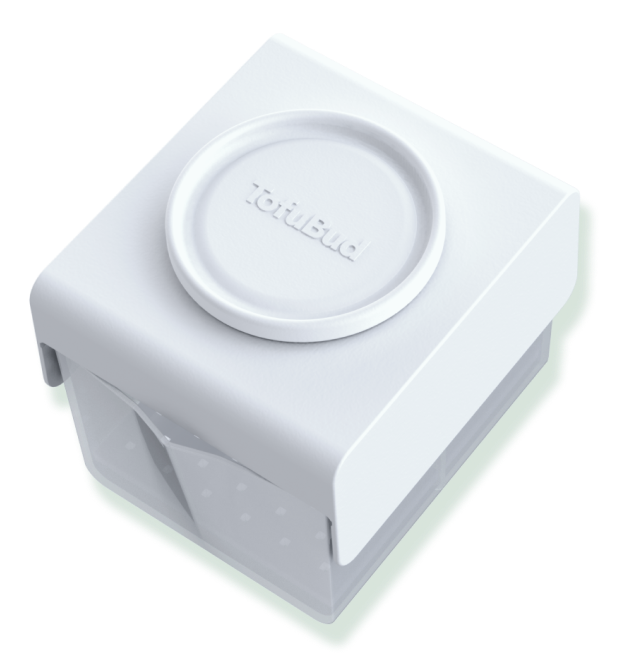
Leave a comment (all fields required)